’Creation From Catastrophe’: a RIBA show explores building’s disaster response
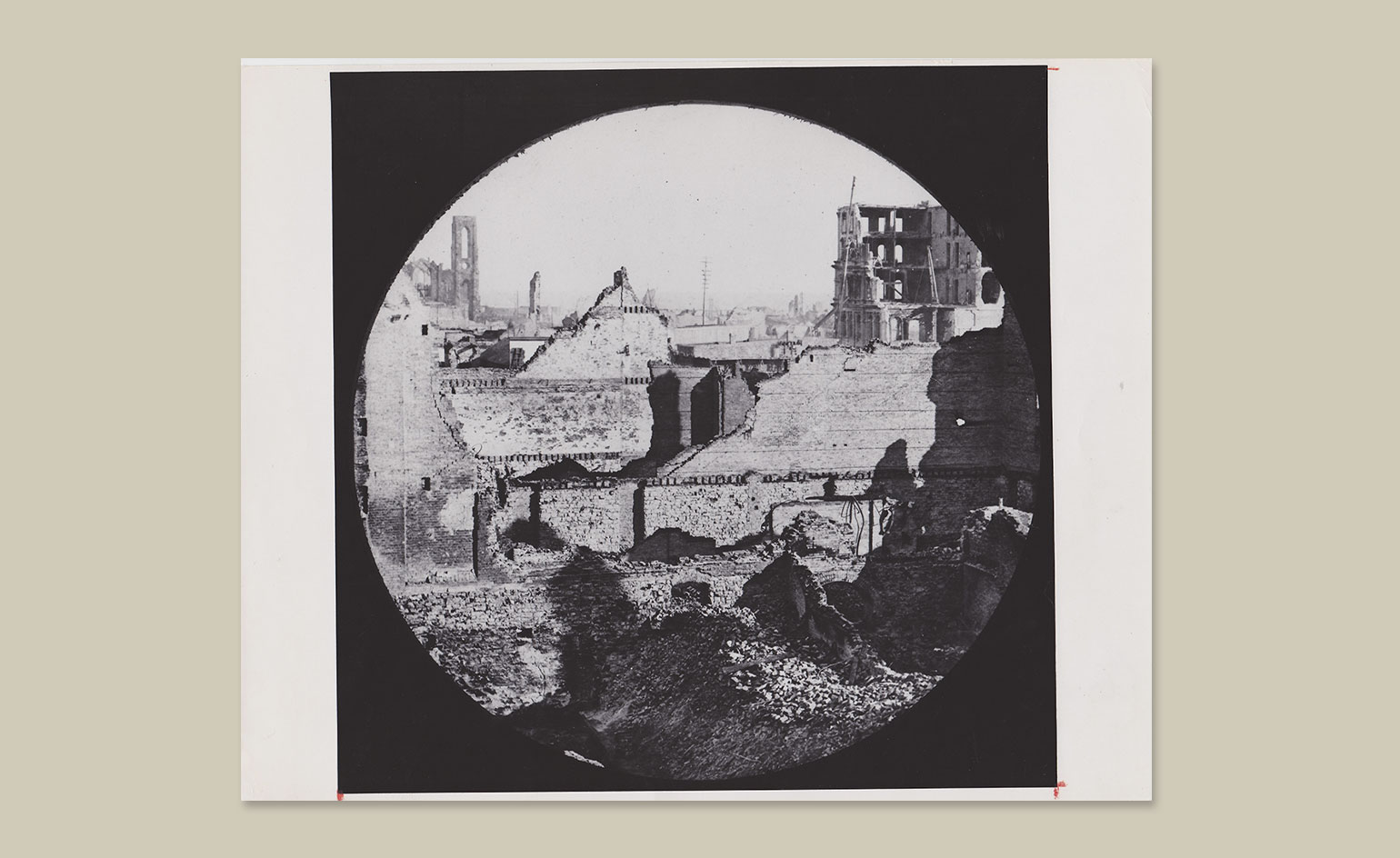
RIBA’s ‘Creation From Catastrophe’ focuses on ten projects spanning four continents, addressing the role of architecture in the aftermath of a state of emergency. Pictured: the Great Fire of Chicago in 1871 destroyed 9km of the inner city. The Chicago that rose from the ashes became a melting pot for capitalism, technological advancements and architectural talent.
Our planet can be a fickle and unforgiving place. News reports seem to be constantly detailing the next impending threat of natural disaster, with recent examples including the Cumbrian floods and the USA’s monster blizzard, which wreaked havoc throughout the eastern states.
When calamity does strike, there is a pressing urgency to restore and improve what existed before; reconstructing in a way that buffers the occurrence of such events. This process also presents a unique opportunity to radically rethink and redevelop cities and communities for the better.
Approaching the topic from this angle, the Royal Institute of British Architects is hosting a new exhibition, ‘Creation From Catastrophe’, which focuses on ten projects spanning four continents, addressing the role of architecture in the aftermath of a state of emergency.
Opening with Sir Christopher Wren's master plans for the reconstruction of London after the Great Fire of 1666, the exhibition journeys through 18th century Lisbon, 19th century Chicago, 20th century Skopje and into the present day via projects such as Dayra Kahn’s women's centre in Pakistan, built to be resilient in an area that is prone to flooding; the flood prevention plan drawn up following Hoboken’s flooding during Hurricane Sandy; and Pritzker Prize winner Alejandro Aravena’s project with his practice, Elemental, in his home country of Chile, which sets out to help – together with the local government – communities left devastated after this year's tsunami.
The exhibition includes an array of drawings, photographs, films and models, all highlighting pivotal moments in time in which humanity has managed to bounce back from various disasters (both manmade and natural). The show draws upon a common theme of rebuilding with a bigger picture in mind, using a ‘bottom up approach’ to reconstruction.
'Creation From Catastrophe' has been designed by young practice Aberrant Architecture. Working with natural raw cork against an opal acrylic grid and playful mirrored head-height borders, the architects created a space that gradually transitions into a raised platform, from which the visitor can enjoy an overview of the show as 'urban topography'.
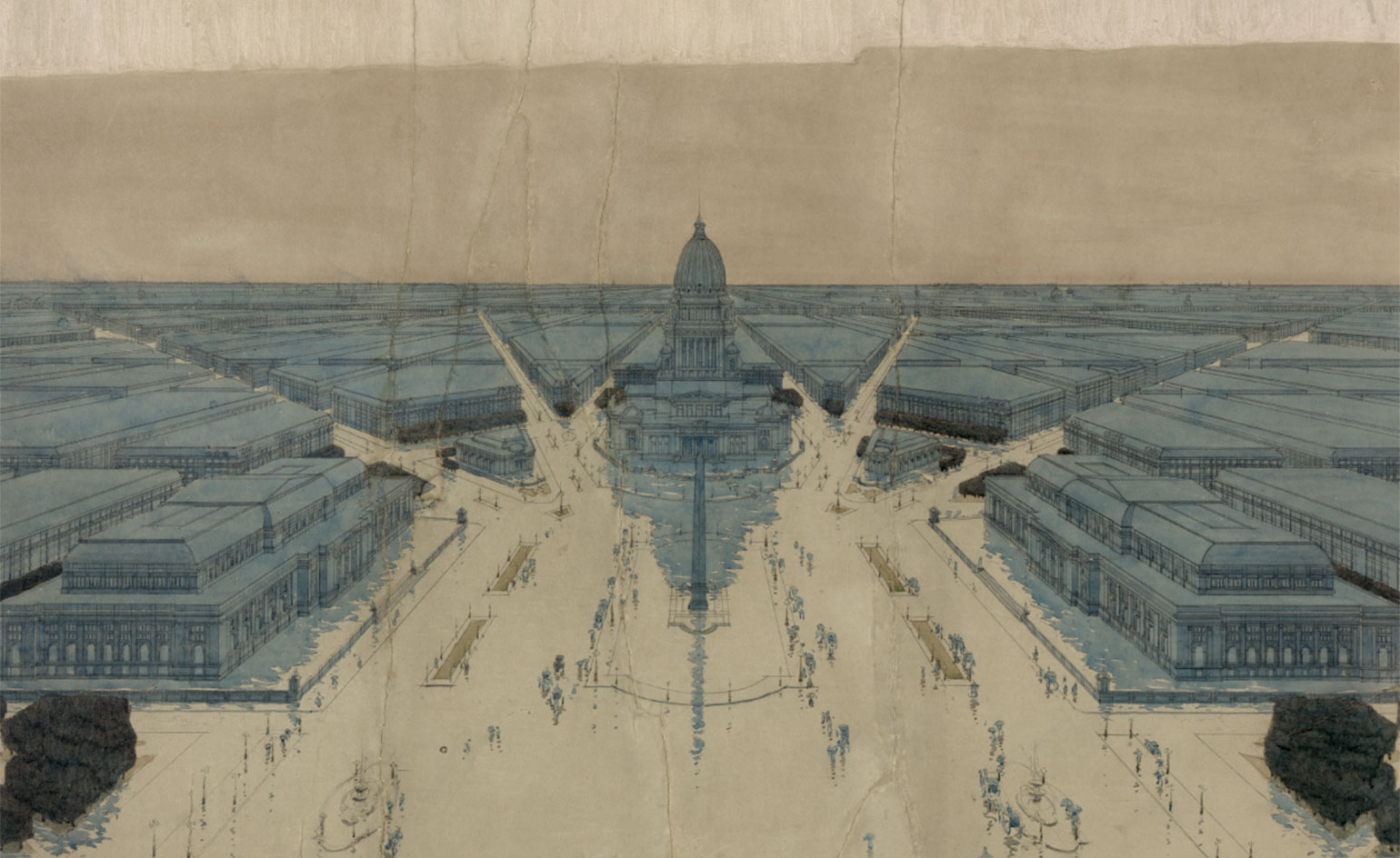
The American muralist and illustrator Jules Guérin created a series of watercolours illustrating architect Daniel Burnham’s plans for the reconstruction of the city

This post-fire high rise building, designed by the Atwood Burnham Co., was one of the first high rise constructions to be erected within the city.
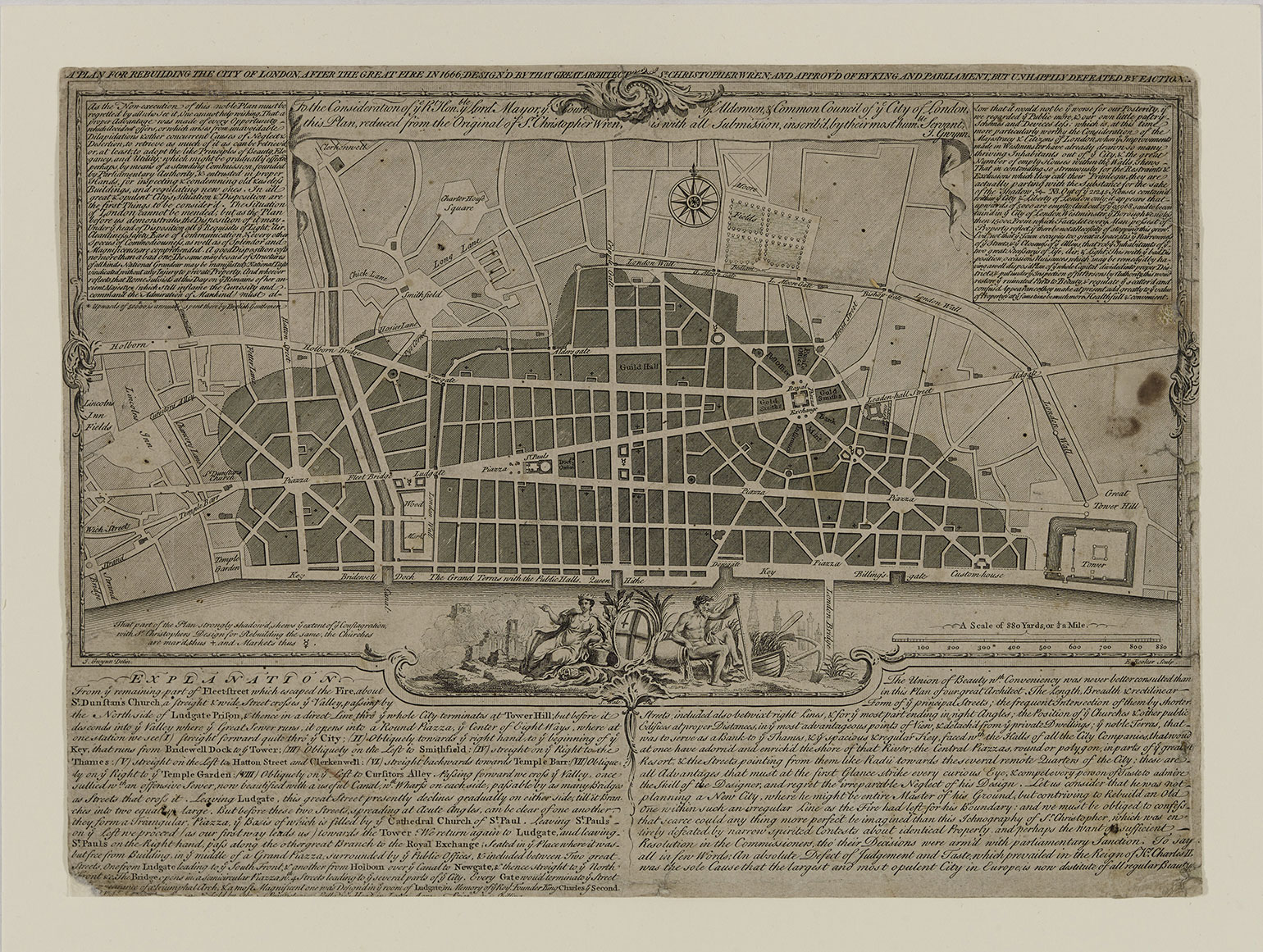
The exhibition opens with Sir Christopher Wren’s master plans for the reconstruction of London after the Great Fire of 1666 (pictured).
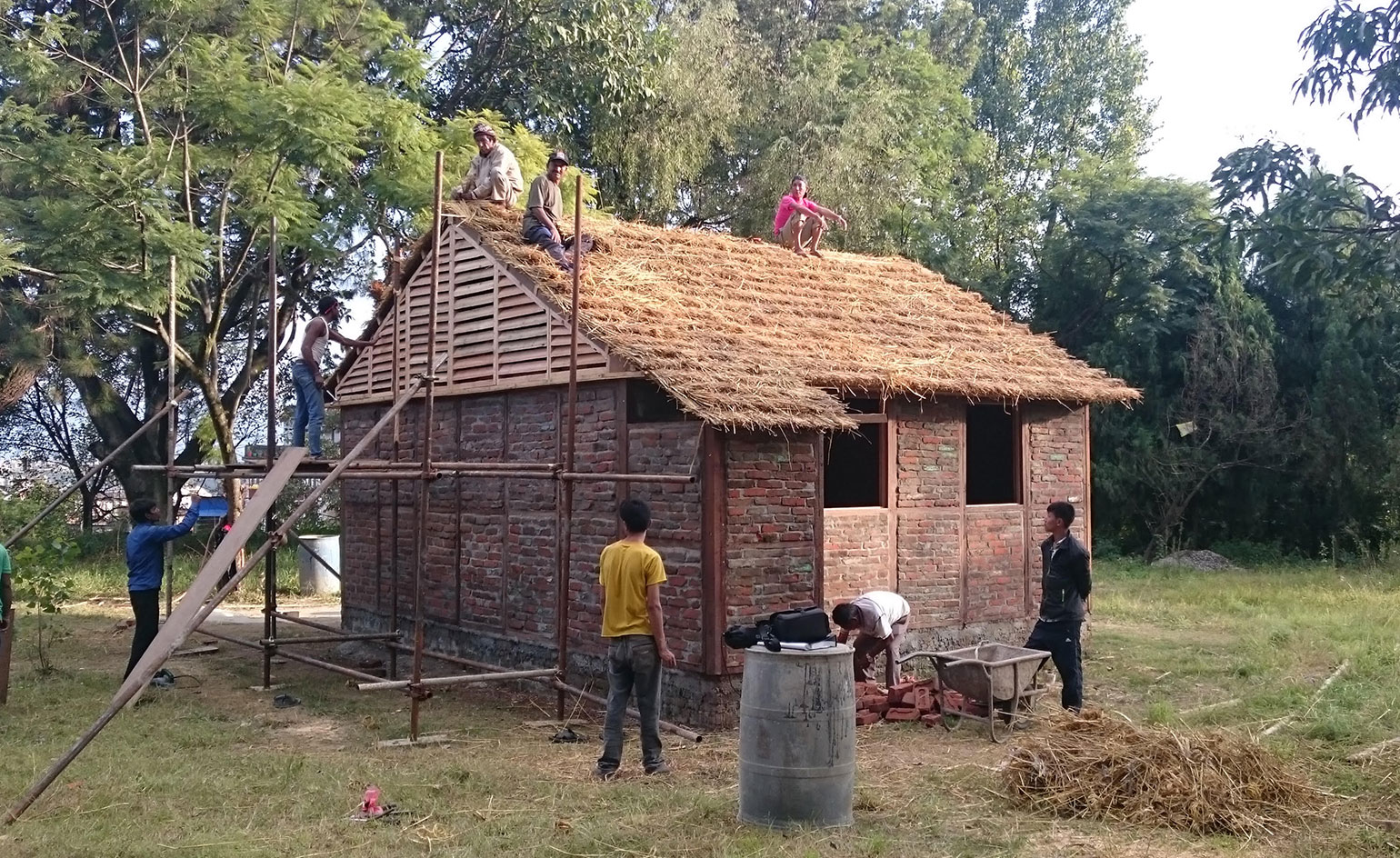
In response to the Nepalese earthquake in 2015, Shigeru Ban and his Voluntary Architects Network organisation have constructed numerous houses for local people, utilising materials such as cardboard tubes and discarded rubble
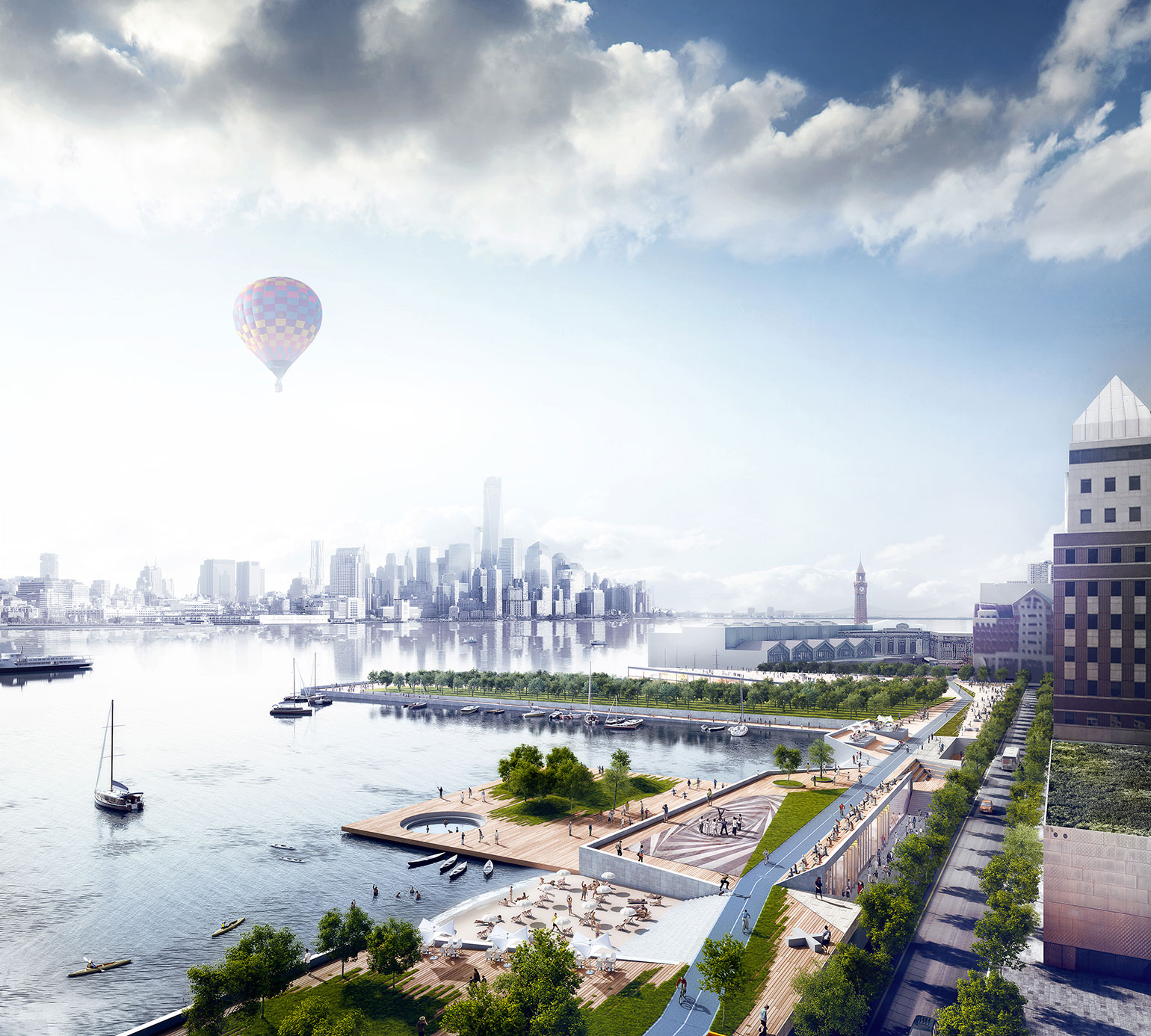
When Hurricane Sandy hit the eastern USA, 80 per cent of the city of Hoboken in New Jersey was submerged. Winning the ’Rebuild by Design’ competition, Dutch firm OMA plan to incorporate a greenbelt of parkland to accommodate future floodwaters.
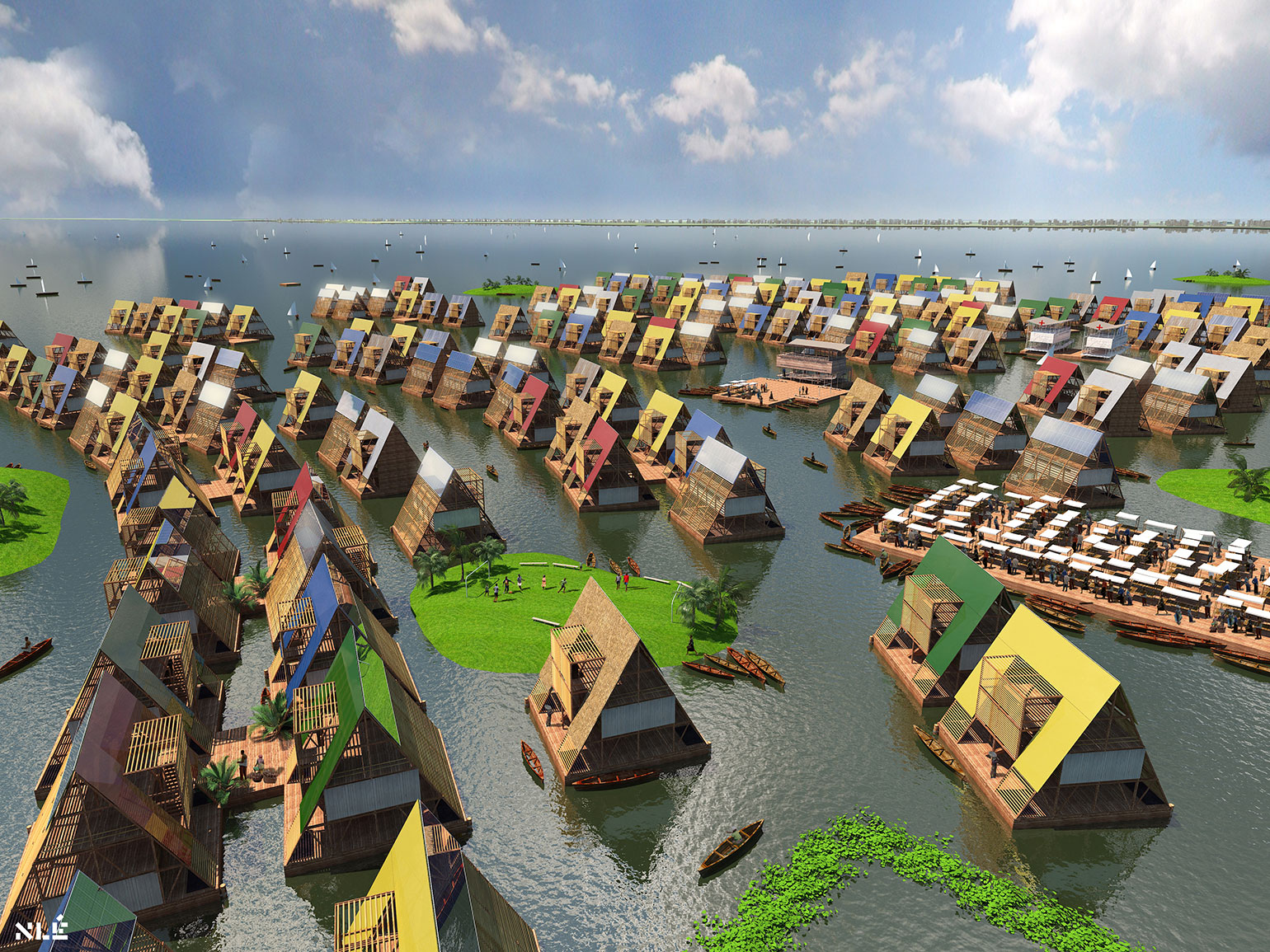
In response to Nigeria’s changing climate, architecture practice NLÉ developed two ecological buildings – the Makoko floating school and Chicoco Radio – built to withstand fluctuating sea levels. Pictured: rendered design for a water-based community in Lagos
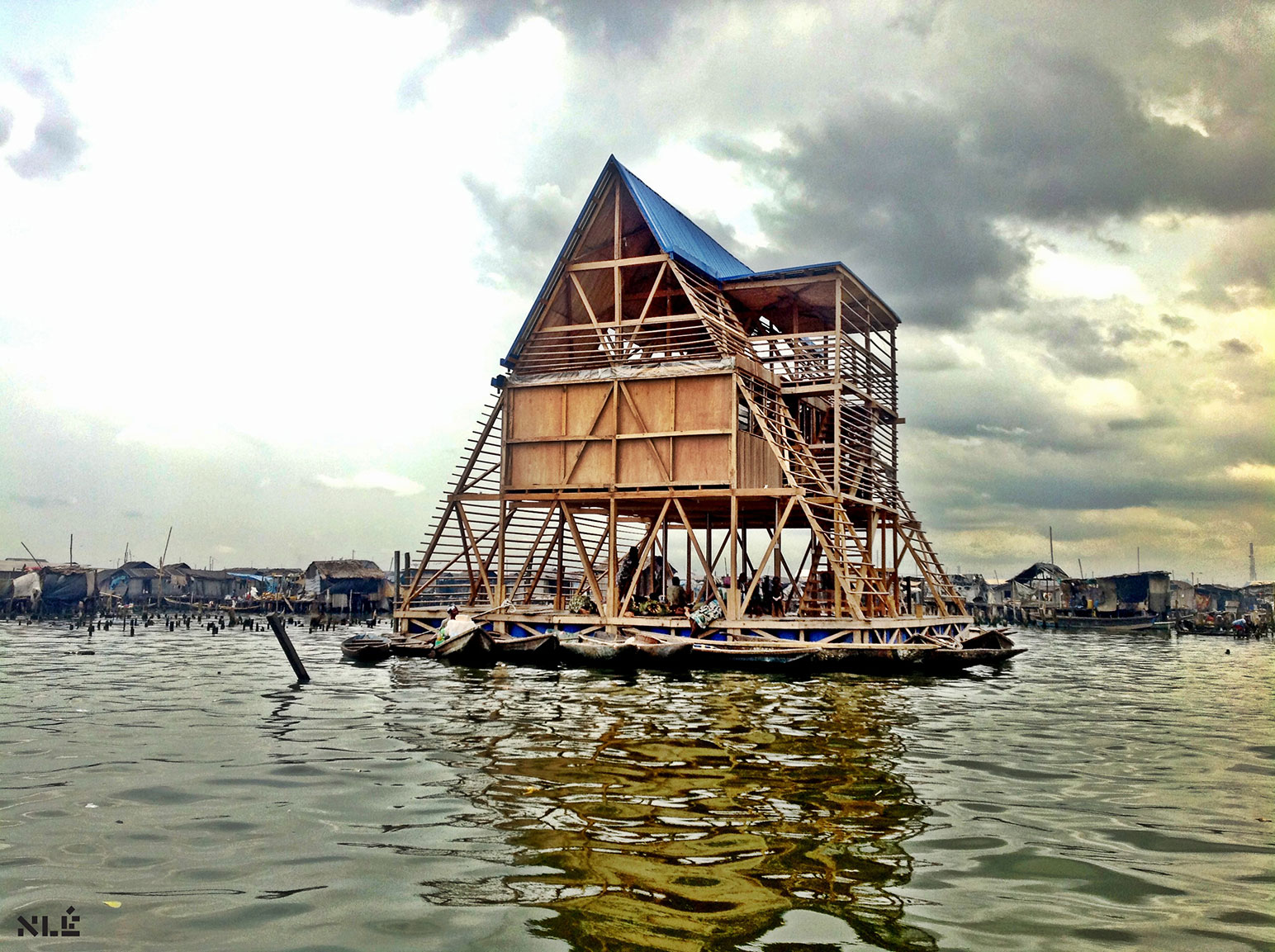
Thirty of the 36 Nigerian states fell victim to widespread flooding in 2012, the surging waters caused by an increase in erosion and deforestation
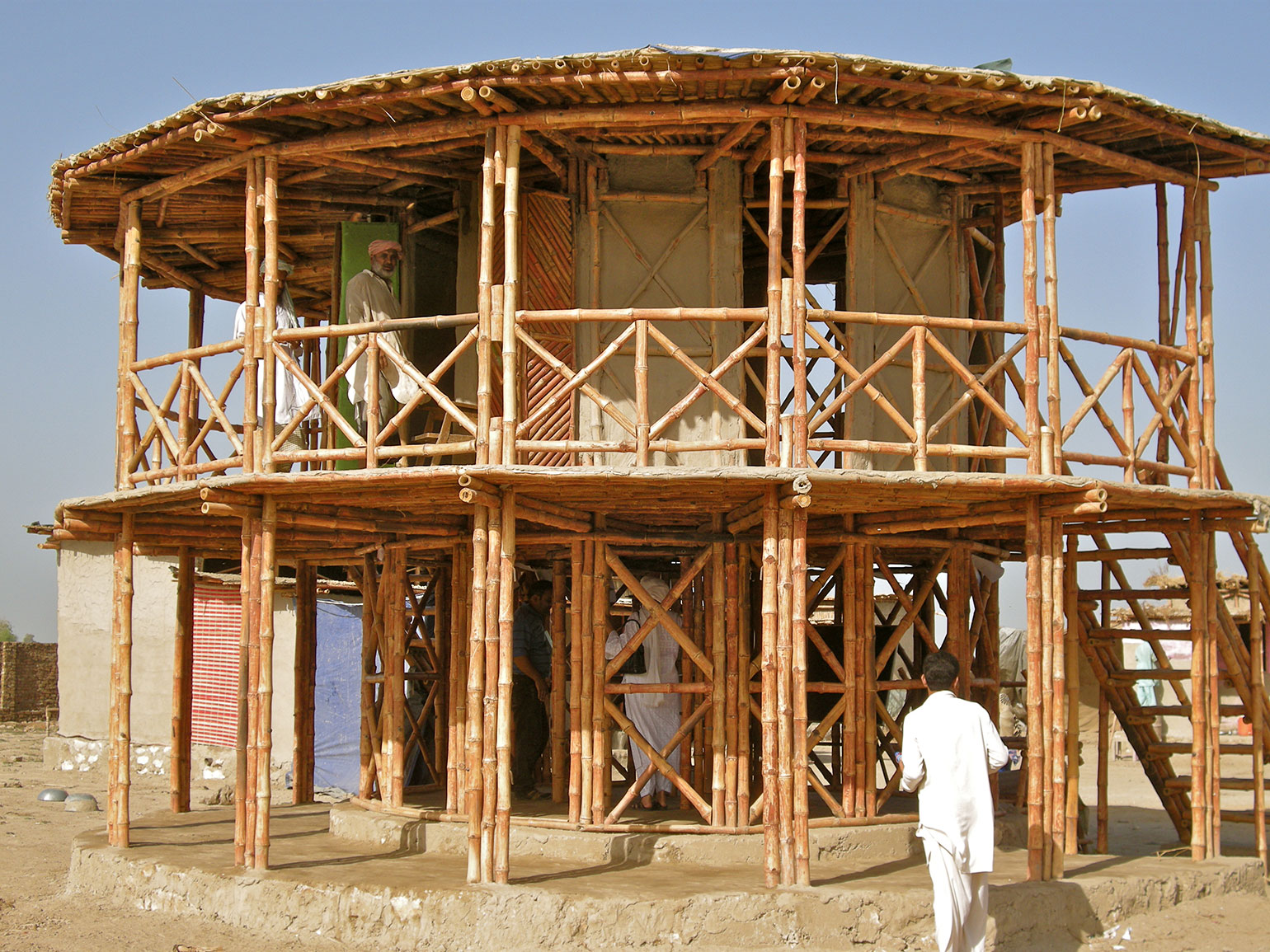
In 2010, one fifth of Pakistan was submerged by floodwater. Working with architecture students, Yasmeen Lari trained local residents to re-build their own homes. Pictured here: Women’s Centre, by Yasmeen Lari, located in Darya Khan, Pakistan.
INFORMATION
‘Creation From Catastrophe’ is on view until the 24 April. For more information, visit RIBA’s website
ADDRESS
Wallpaper* Newsletter
Receive our daily digest of inspiration, escapism and design stories from around the world direct to your inbox.
Royal Institute of British Architects
66 Portland Place
London, W1B 1AD
-
 The alternative art fairs championing emerging artists
The alternative art fairs championing emerging artistsThe lower barrier to entry to these smaller and specialist art fairs make them hubs of grassroots creativity, allowing emerging names to establish a foothold in the industry
-
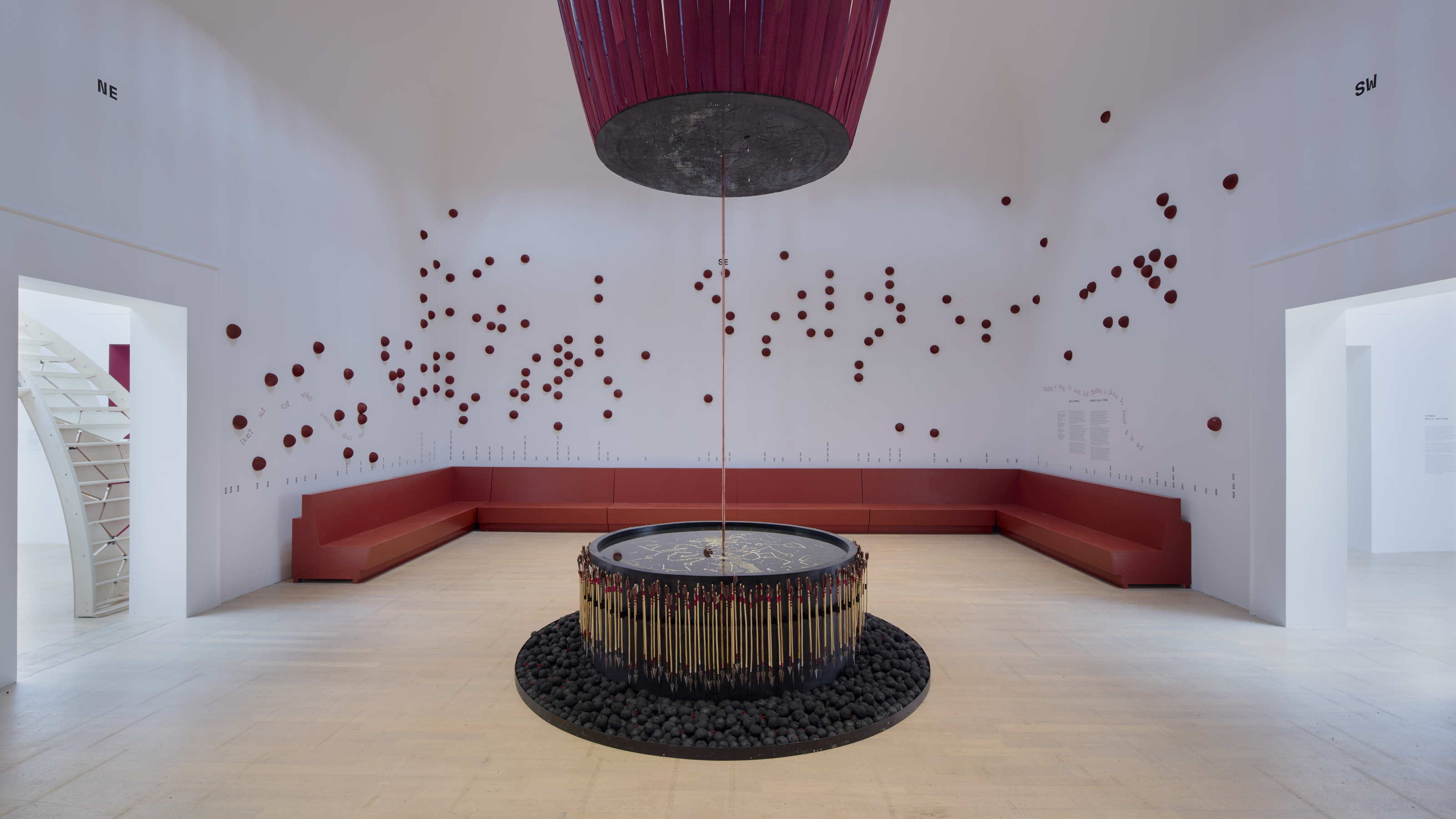 The 2025 British Pavilion in Venice offered up a Geology of Britannic Repair
The 2025 British Pavilion in Venice offered up a Geology of Britannic RepairThe 2025 British Pavilion in Venice is curated by an Anglo-Kenyan team of architects and designers; titled 'GBR: Geology of Britannic Repair', it explores the landscape of colonialism, its past, present and futures
-
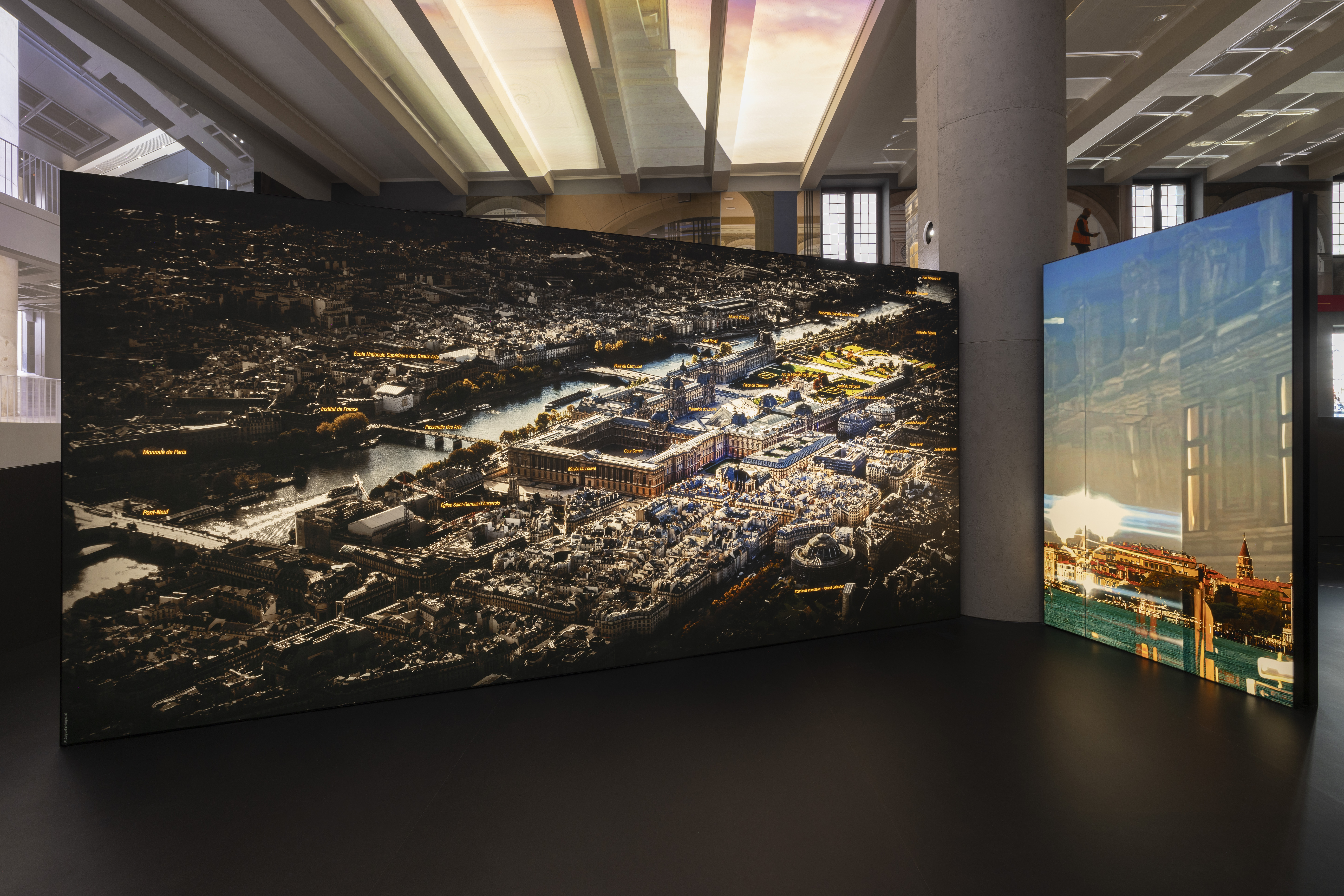 A Venice sneak peek into the new Fondation Cartier pour l’art contemporain by Jean Nouvel
A Venice sneak peek into the new Fondation Cartier pour l’art contemporain by Jean NouvelA new home for Fondation Cartier pour l’art contemporain by Jean Nouvel will open later this year in Paris; in the meantime, the Venice Architecture Biennale 2025 offered the perfect platform for a sneak preview of what's to come
-
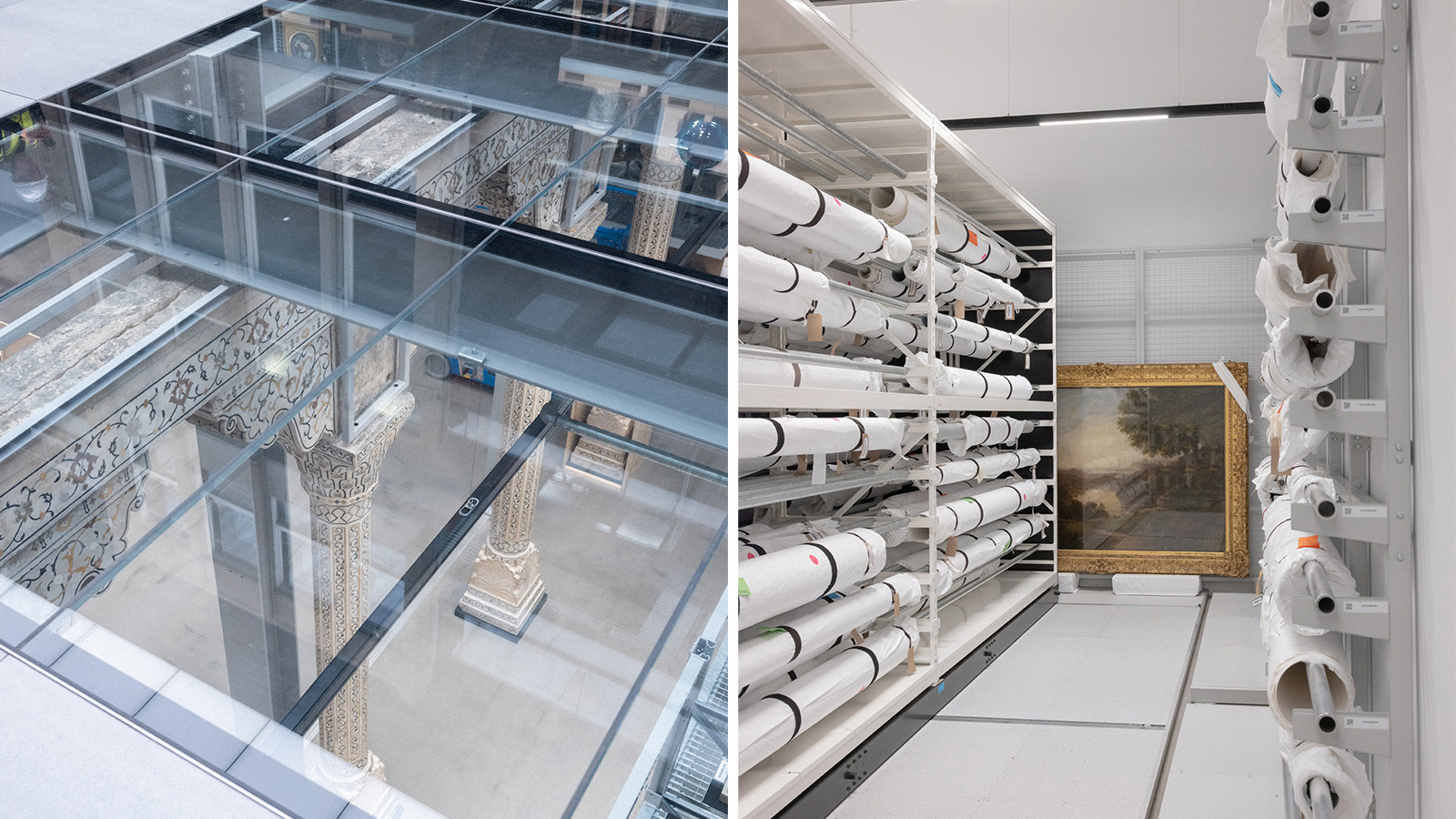 V&A East Storehouse is a new London museum, but not as you know it
V&A East Storehouse is a new London museum, but not as you know itDesigned by DS+R, the V&A East Storehouse immerses visitors in history as objects of all scales mesmerise, seemingly ‘floating’ in all directions
-
 Timeless yet daring, this Marylebone penthouse 'floats' on top of a grand London building
Timeless yet daring, this Marylebone penthouse 'floats' on top of a grand London buildingA Marylebone penthouse near Regent’s Park by design studio Wendover is transformed into a light-filled family home
-
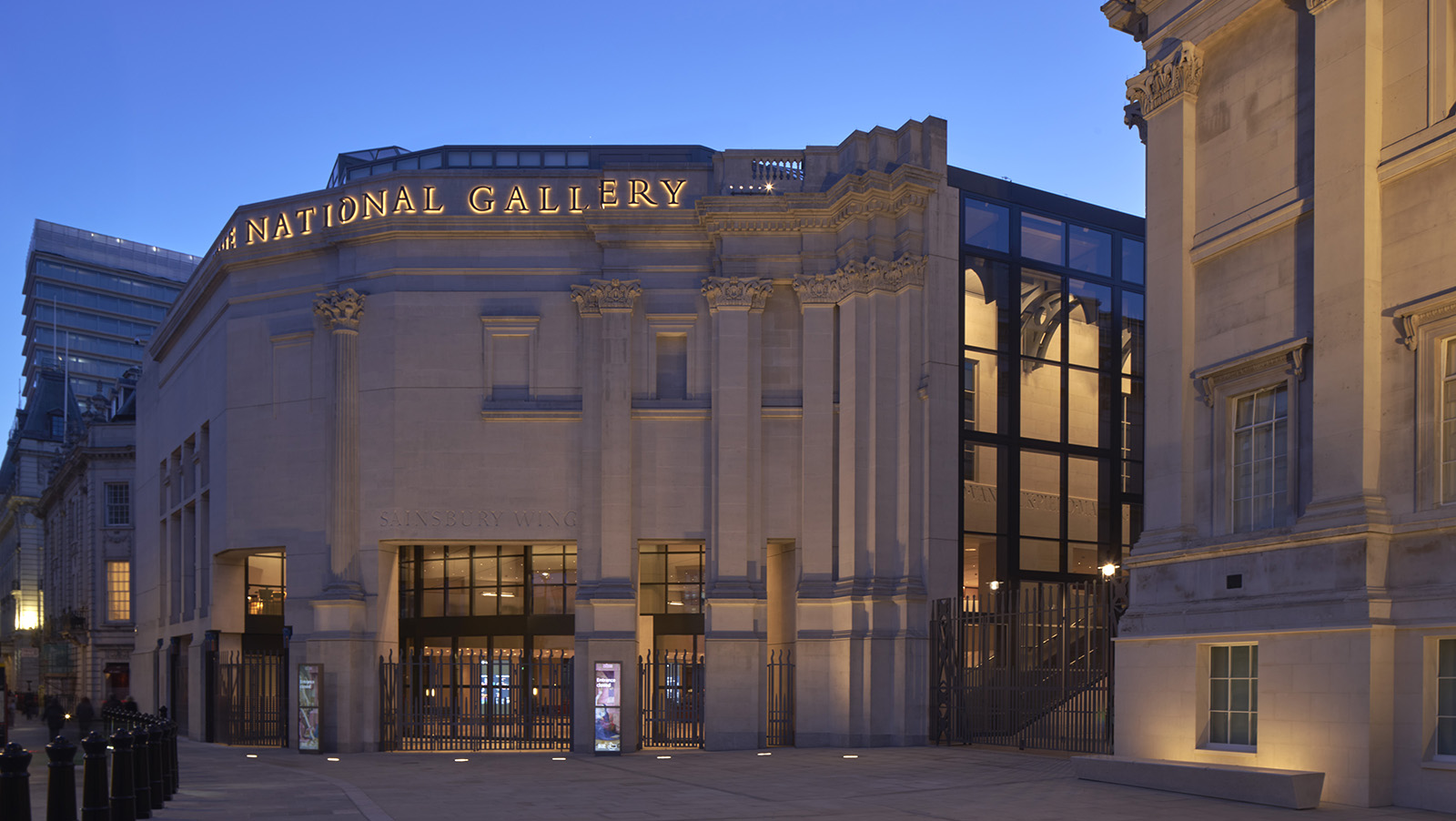 Revamped National Gallery Sainsbury Wing unveiled: Annabelle Selldorf gives us a tour
Revamped National Gallery Sainsbury Wing unveiled: Annabelle Selldorf gives us a tourThe National Gallery Sainsbury Wing redesign by Selldorf Architects is ready to open its doors to the public in London; we took the tour
-
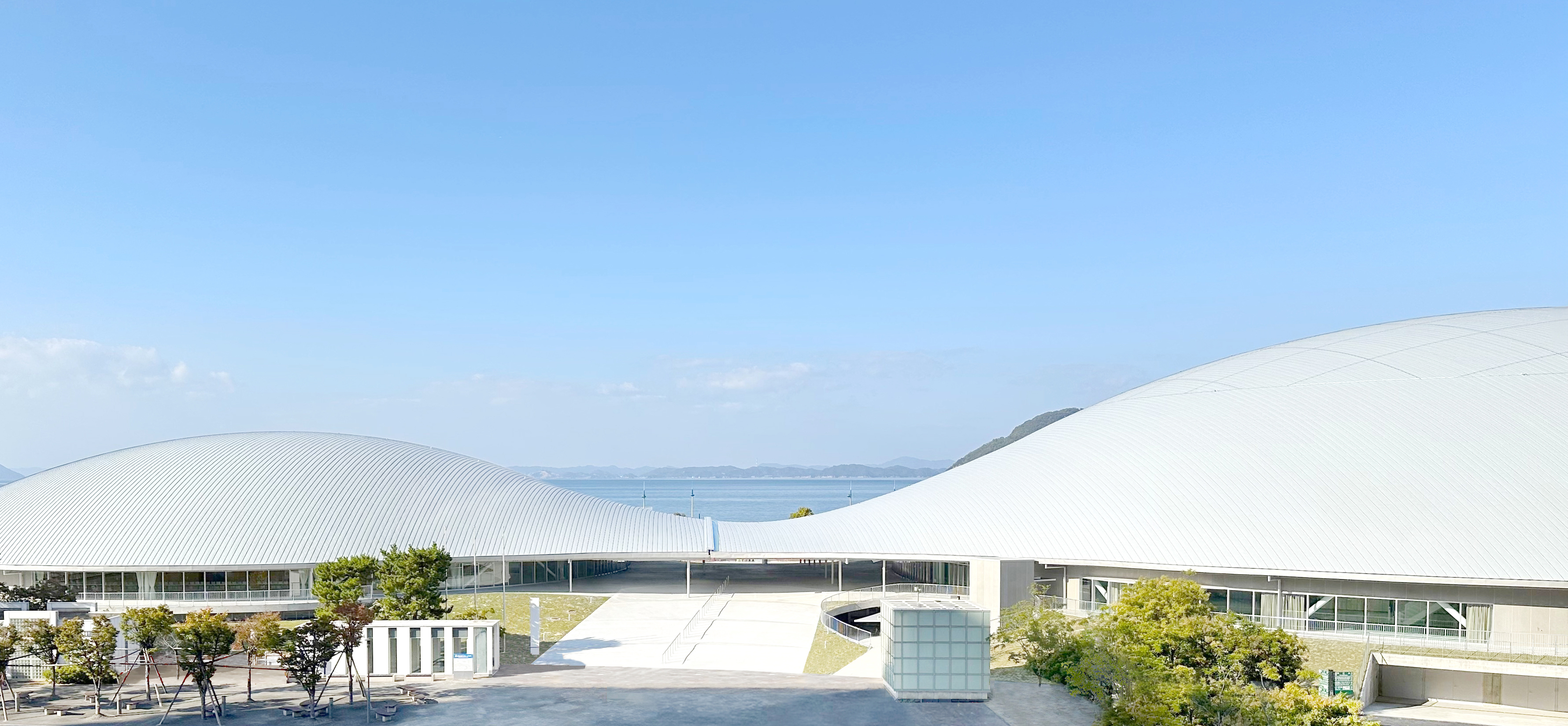 Kazuyo Sejima and Ryue Nishizawa on harmony, nature and their RIBA gong
Kazuyo Sejima and Ryue Nishizawa on harmony, nature and their RIBA gongThe SANAA duo are celebrating their RIBA Royal Gold Medal 2025 in London today, and talked to us about self-reflection, the year ahead, and the need to create harmony in our environment
-
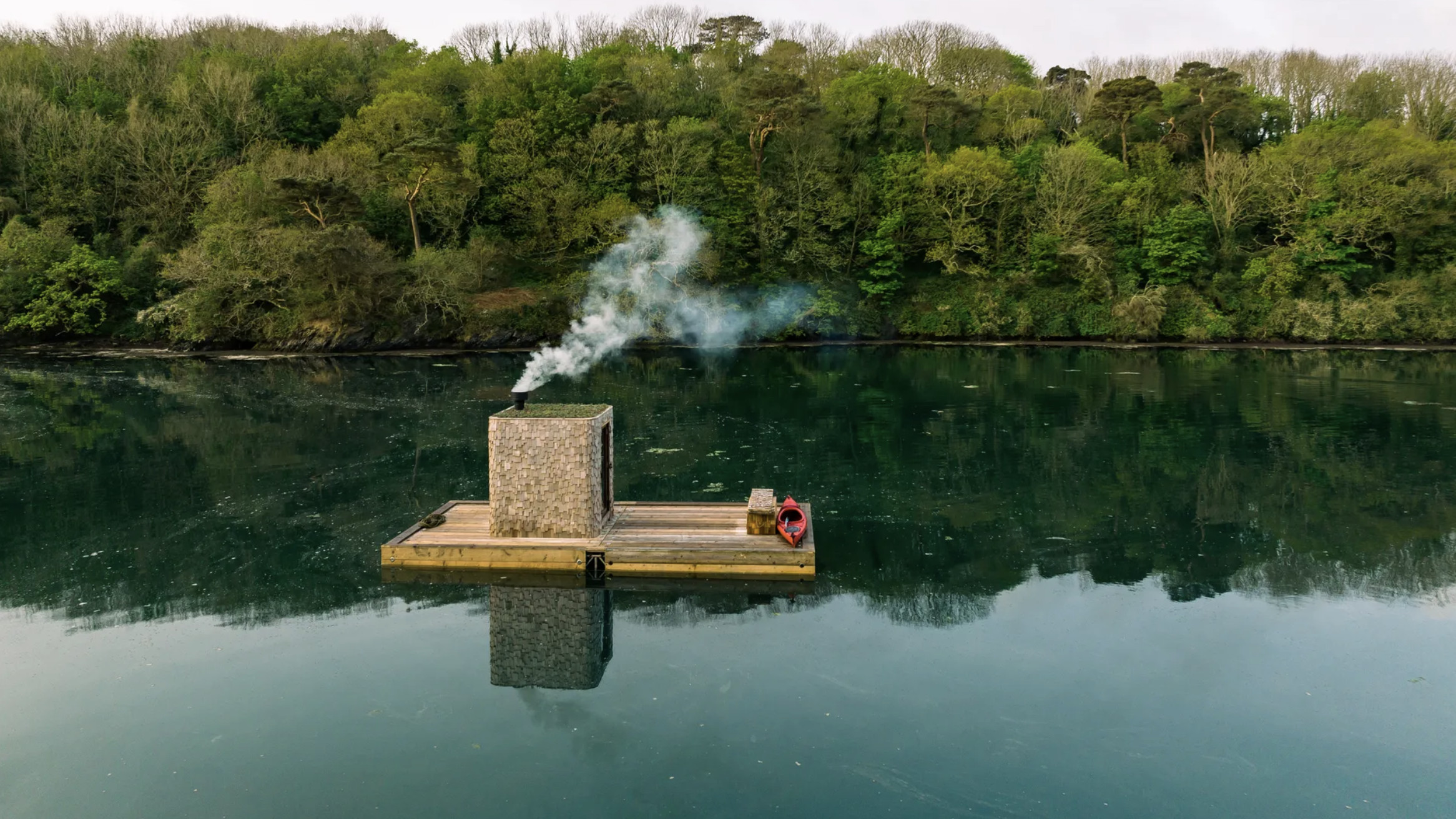 Wild sauna, anyone? The ultimate guide to exploring deep heat in the UK outdoors
Wild sauna, anyone? The ultimate guide to exploring deep heat in the UK outdoors‘Wild Sauna’, a new book exploring the finest outdoor establishments for the ultimate deep-heat experience in the UK, has hit the shelves; we find out more about the growing trend
-
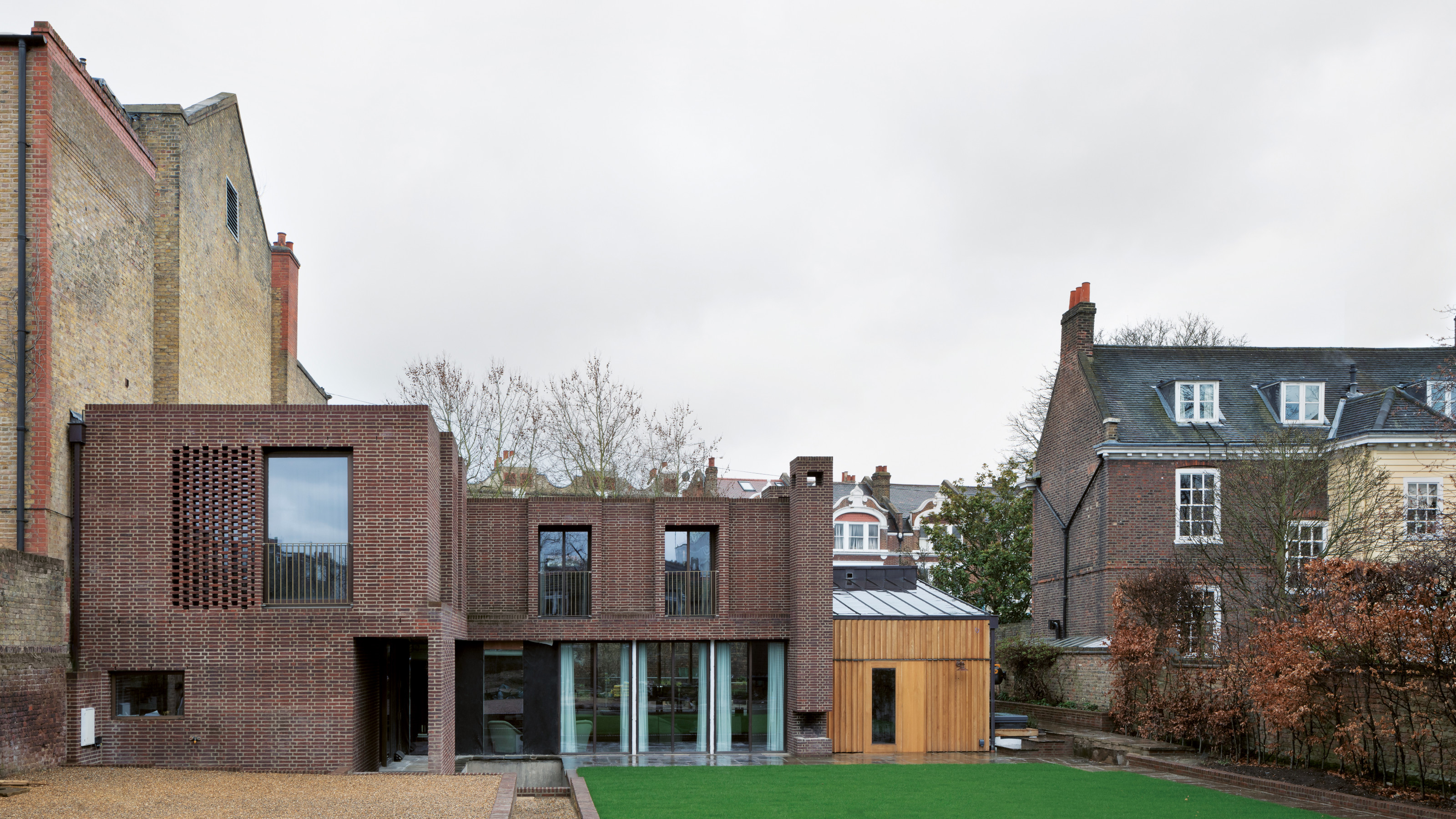 A new London house delights in robust brutalist detailing and diffused light
A new London house delights in robust brutalist detailing and diffused lightLondon's House in a Walled Garden by Henley Halebrown was designed to dovetail in its historic context
-
 A Sussex beach house boldly reimagines its seaside typology
A Sussex beach house boldly reimagines its seaside typologyA bold and uncompromising Sussex beach house reconfigures the vernacular to maximise coastal views but maintain privacy
-
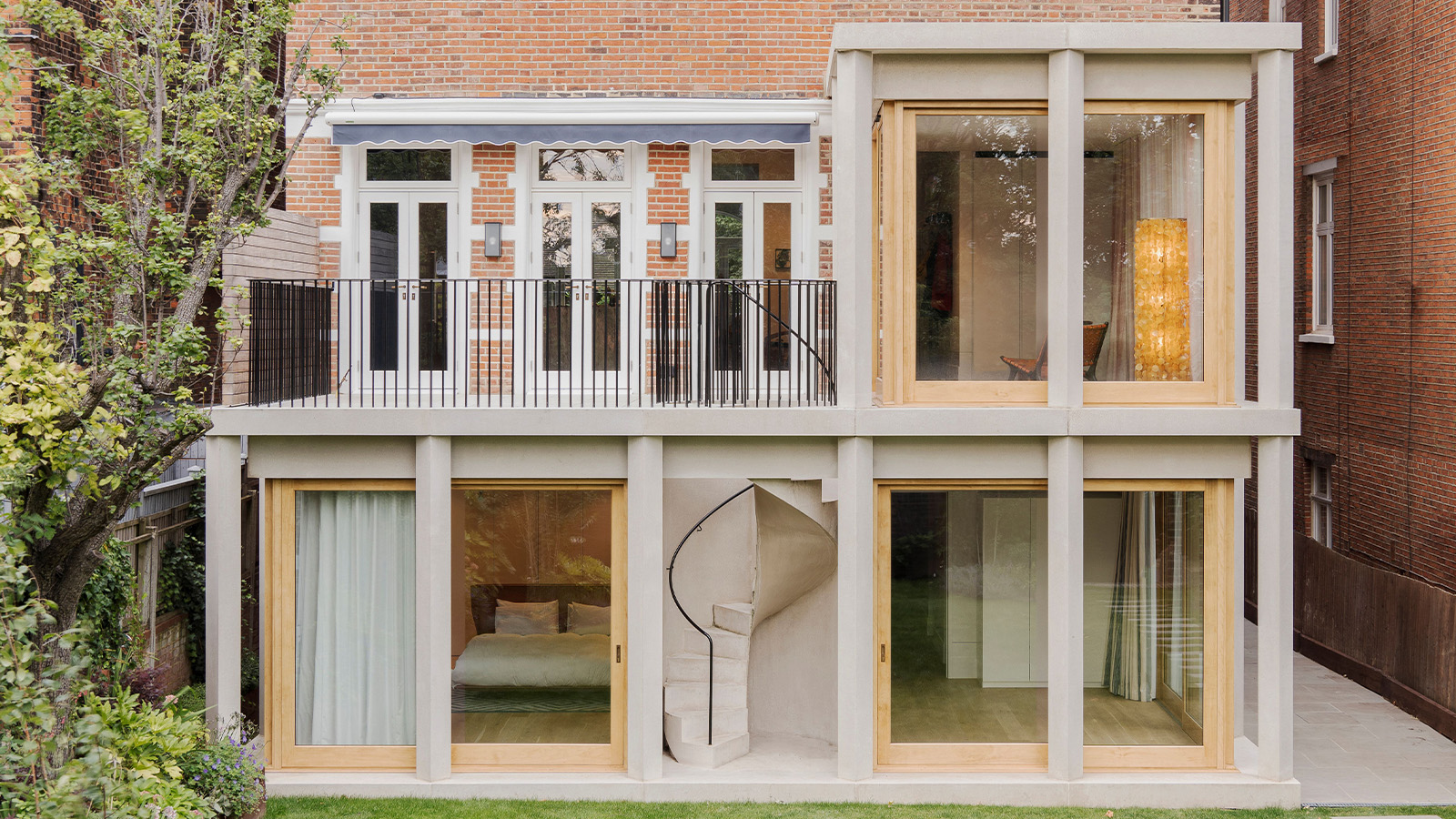 This 19th-century Hampstead house has a raw concrete staircase at its heart
This 19th-century Hampstead house has a raw concrete staircase at its heartThis Hampstead house, designed by Pinzauer and titled Maresfield Gardens, is a London home blending new design and traditional details